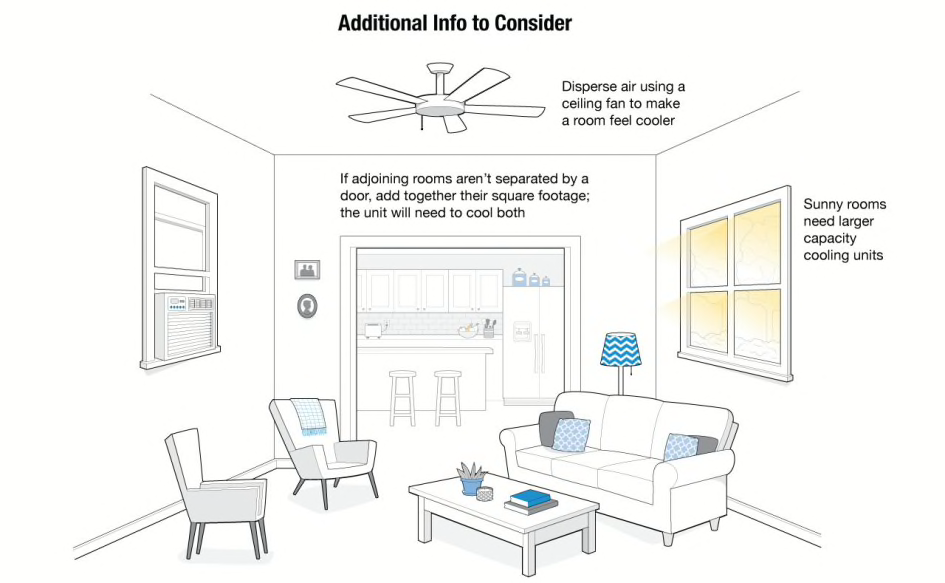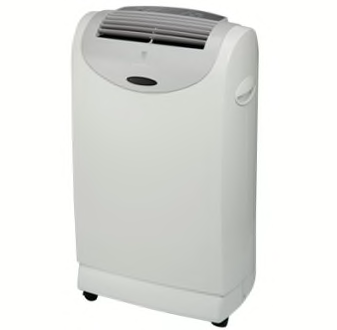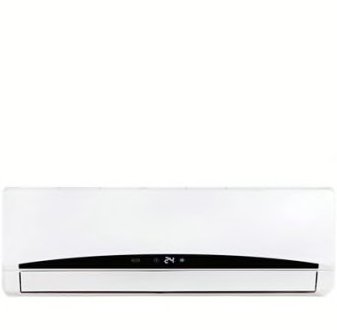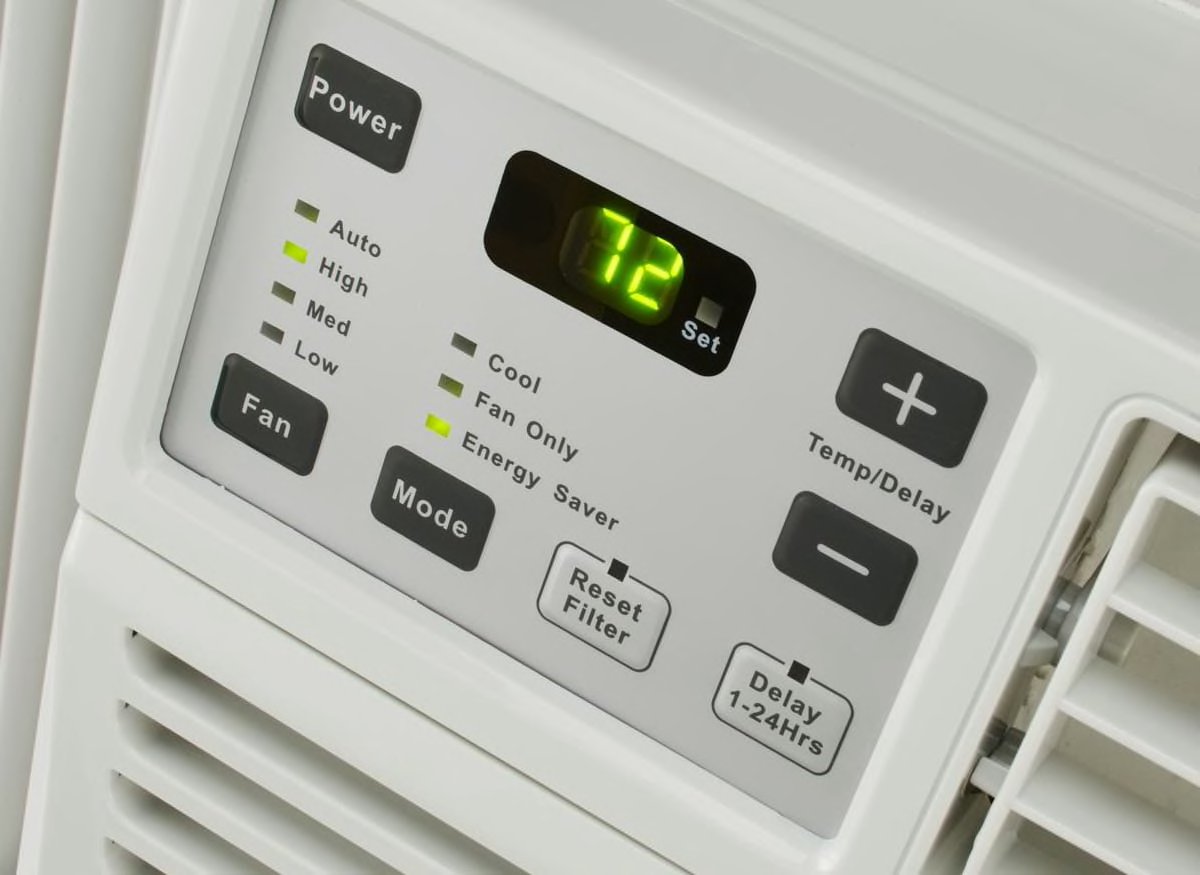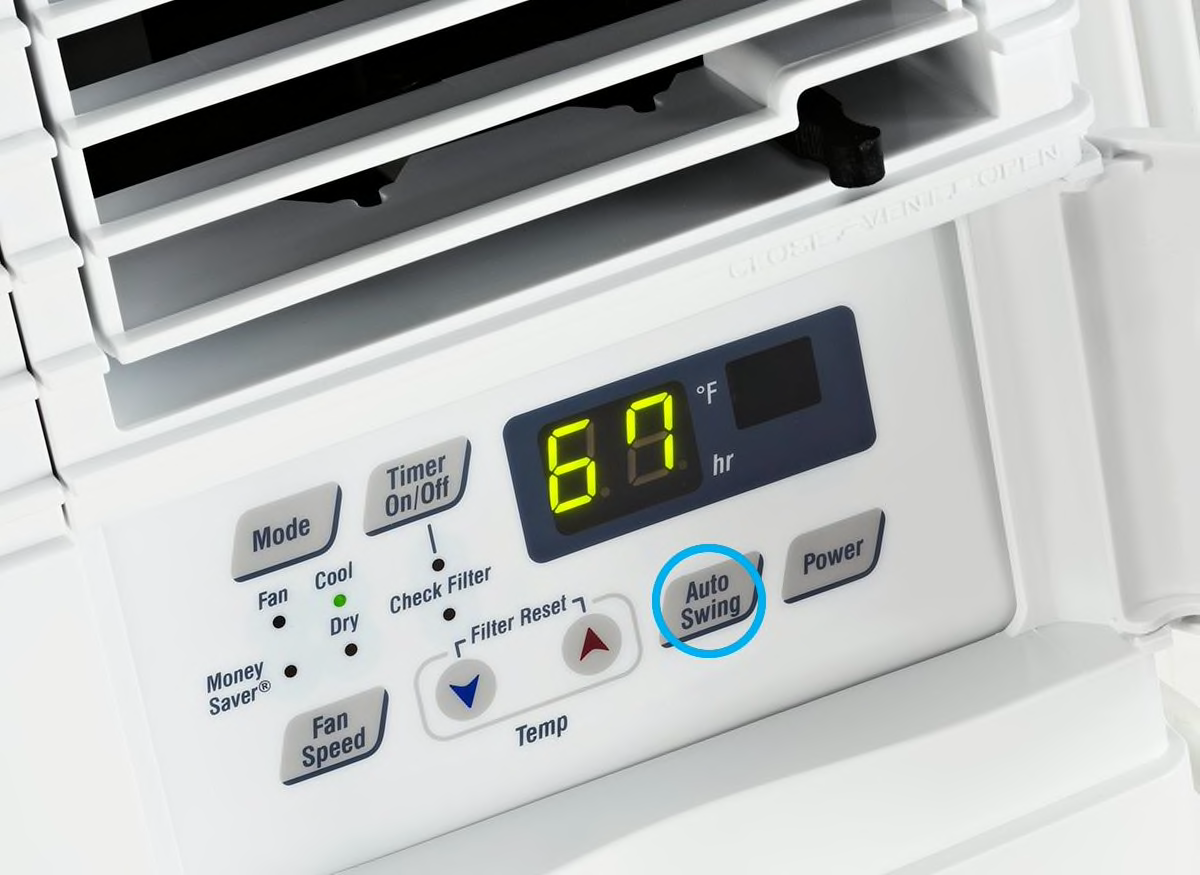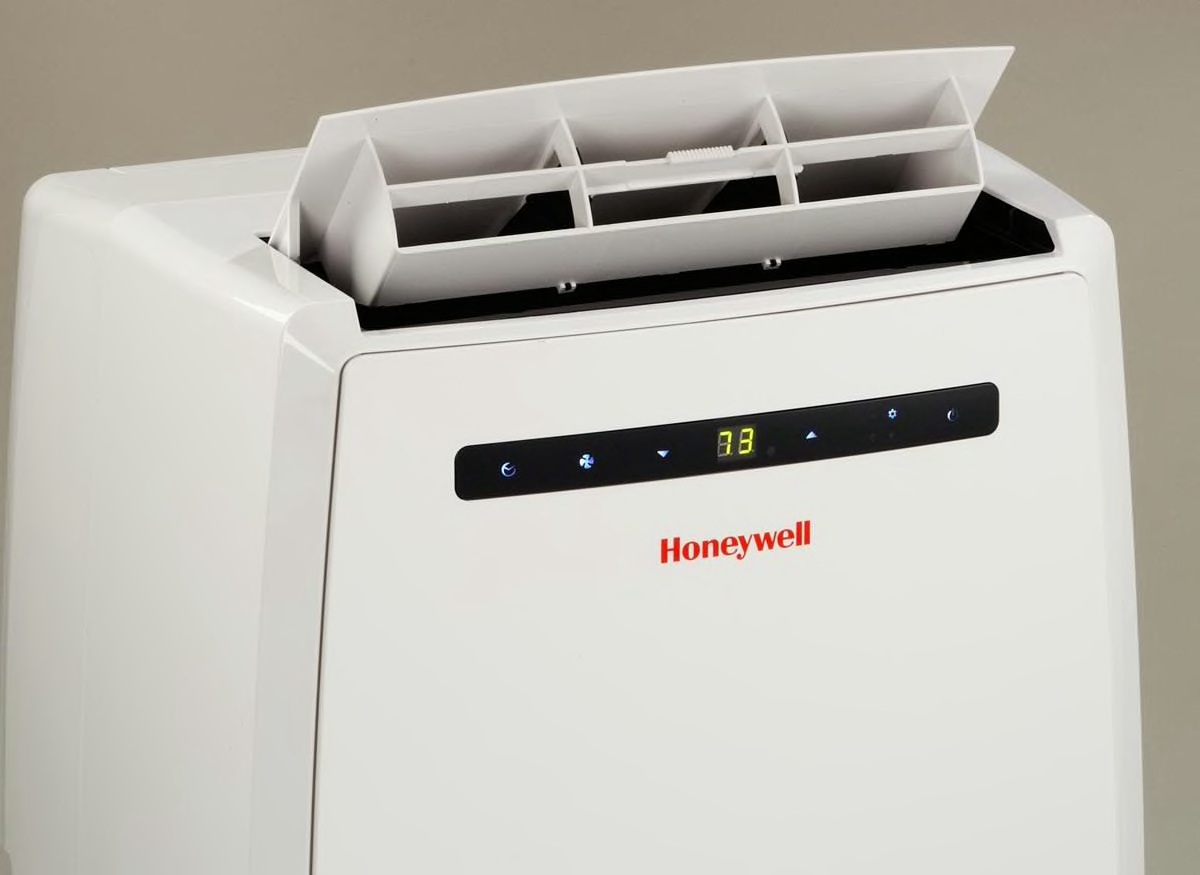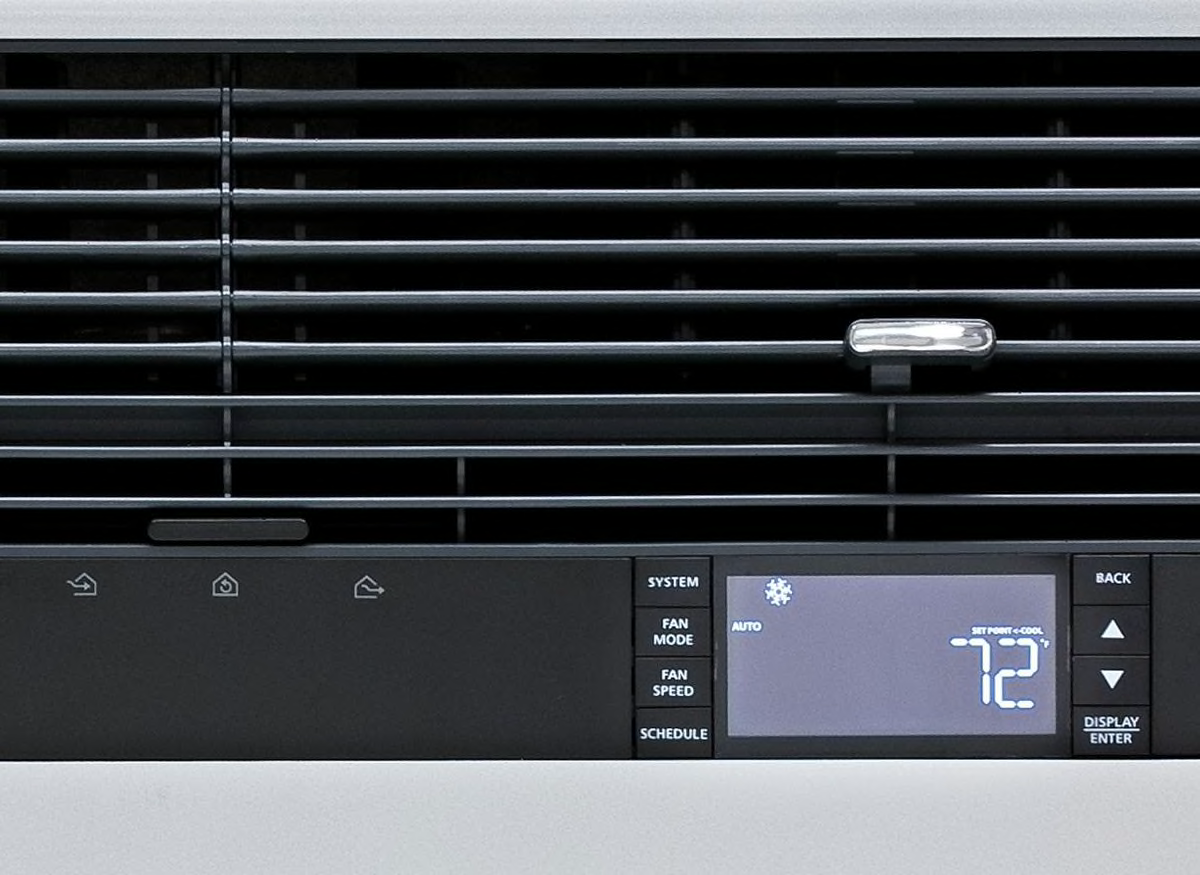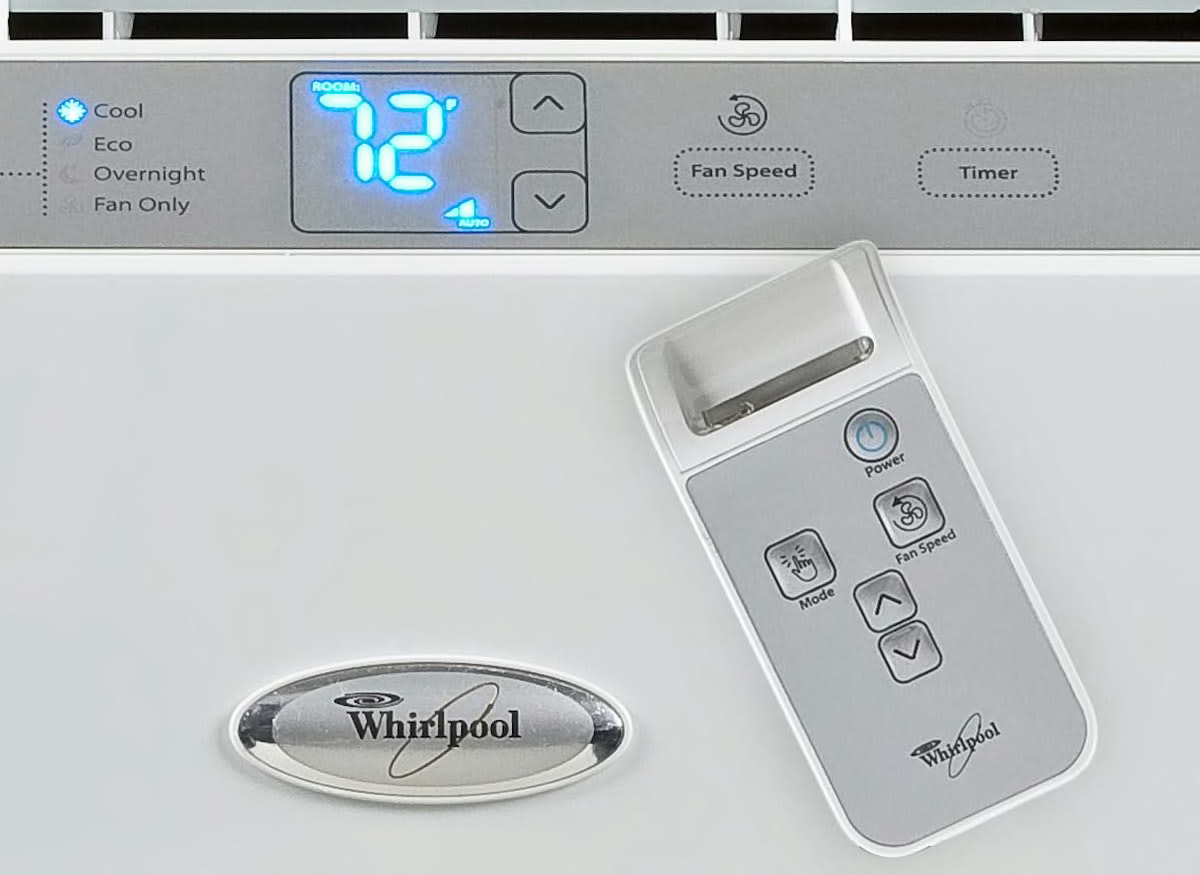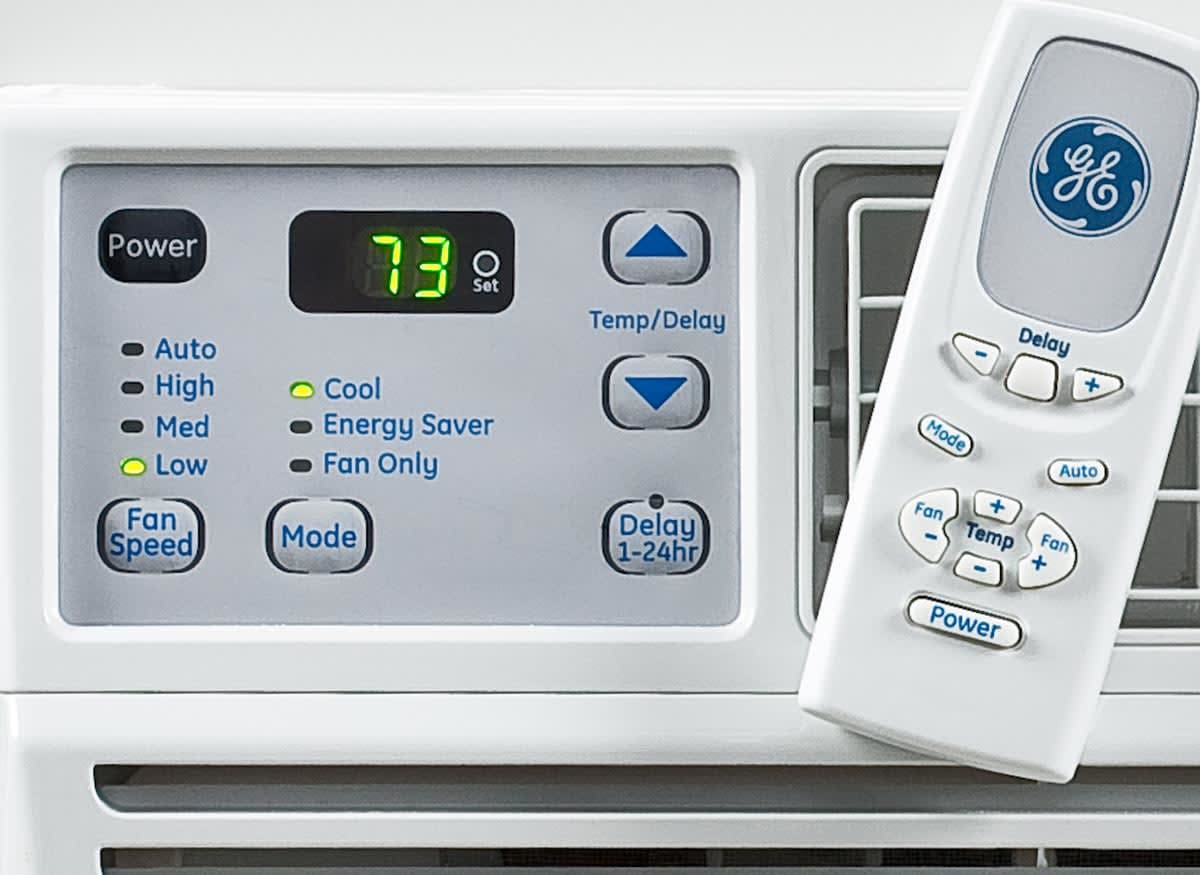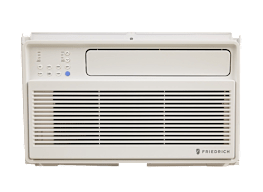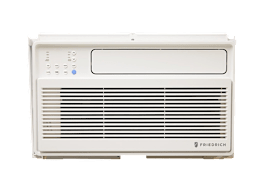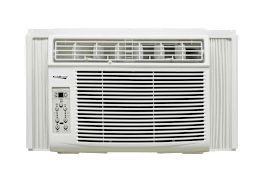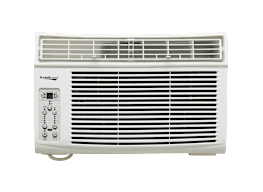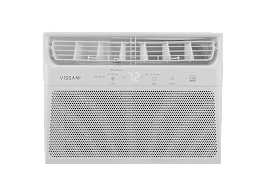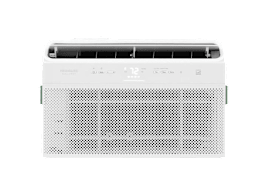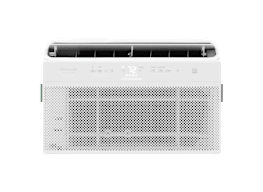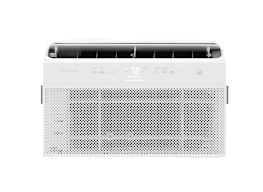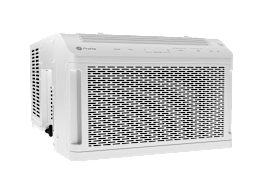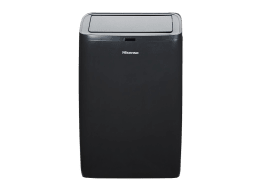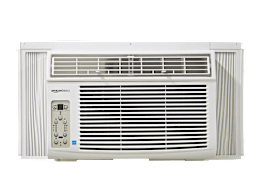Energy efficiency: New Energy Star certified room air conditioners come with better insulating materials and clearer instructions to help ensure that you get a good seal around the unit, minimizing leaks.
U-shaped units: Most window unit air conditioners are boxes that perch on your windowsill. But in the past couple of years, several manufacturers have introduced U-shaped and inverted U-shaped models. U-shaped models sit on the sill, but the window sash slides down into a slot in the top of the air conditioner. That allows you to open the window when the unit is not in use. And just as importantly, it recruits your window to better insulate your room from noise and heat outside. Inverted U-shaped models drape over the windowsill. That configuration offers some advantages in insulation from noise and heat, but the biggest advantage is that these air conditioners block less light. These units have performed well in our tests, but they’re a bit more expensive, and they can be trickier to install. They may not work with all windows, especially those in older homes.
Inverter-powered units: Increasingly, higher-end air conditioners are being powered by a type of compressor known as an inverter. A conventional compressor regulates temperature by running full blast until the desired temperature is reached and then turning off (though the fan continues to run). An inverter turns down and back up without turning off during normal use. There are several advantages to this technology. It’s more energy-efficient. It can be better at maintaining a constant temperature in your room. And finally, inverter units can run more quietly, which is especially important at night when a unit kicking on can often wake you up.
Noise levels: Models that earn high ratings in our noise tests are so quiet that the only sound you might hear is the fan running. Air conditioners that receive lower scores for noise could disturb light sleepers when set on low and are distracting to pretty much everyone when set on high.
Airflow direction: Window air conditioners often do a better job blowing air in one direction than in others. That can be a problem if your window isn’t centered on the wall. To uniformly cool a room, you’ll need to direct air to its center, so check to see whether your AC needs to blow air to the right or to the left to aim toward the center of the room and away from the wall. Some models have fan arms that swivel.
Intelligent cooling: Some air conditioners have gotten smarter, allowing you to control and adjust them from a phone app, so they can turn on or up just before you arrive home instead of staying on all day. You may even be able to interconnect them with other cooling units in your home.
Length of warranty: Some air conditioners have longer warranties than others. When you’re buying a new unit, check the manufacturer’s website for information, and ask the retailer about the warranty for the brand and model you’re considering.

















